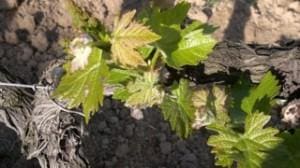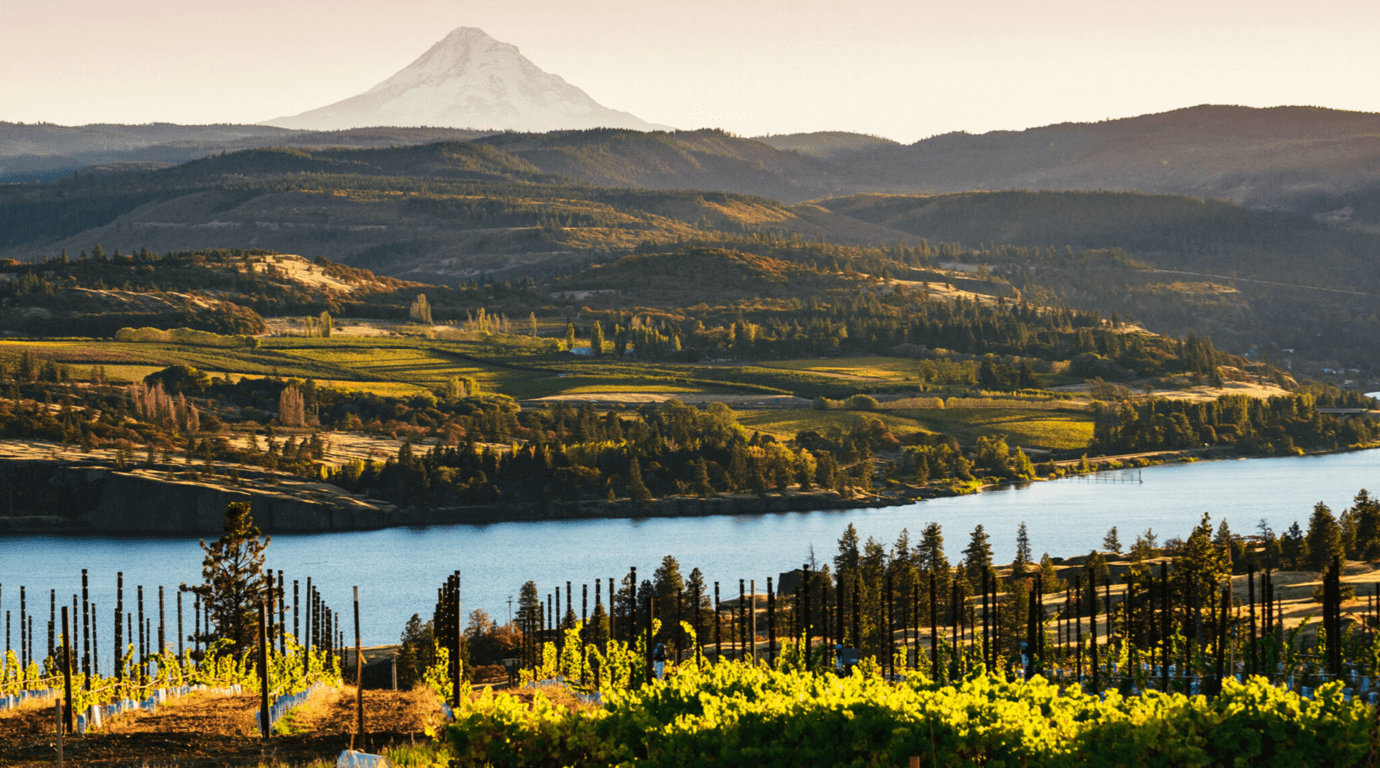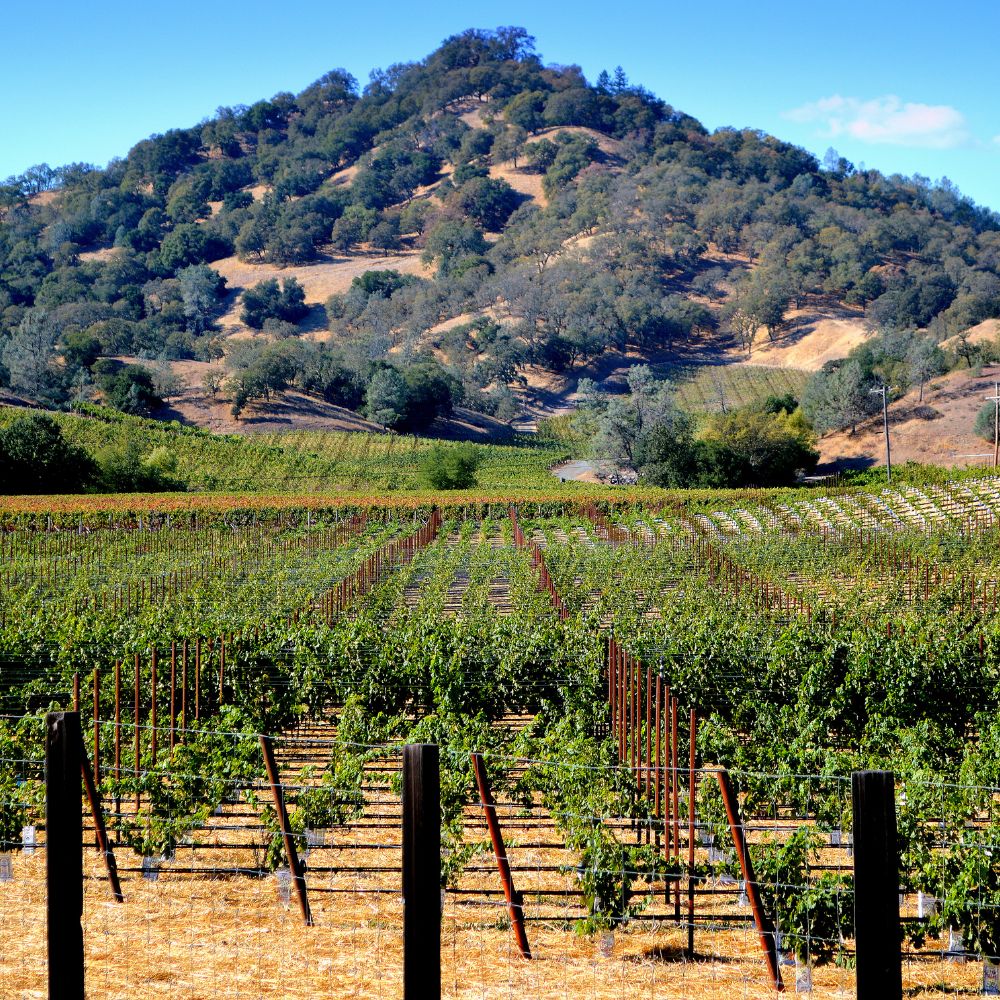Most of us think of Tempranillo as the great grape of Rioja, but take a look at a map of the world’s plantings of it and you might be surprised. Although it’s been the fourth most planted red grape worldwide since 2010, virtually all of it is in Spain. From the Basque country to Valencia and Castilla La Mancha to Extremadura, Spain’s map is stained red by its presence – as is almost all of Portugal.
Its dominance is quite recent. In a study into the worlds’ top ten grape varieties by the University of Adelaide published a couple of years ago, it doesn’t even figure in the 1990 list. Twenty years later Tempranillo’s bid for world dominance is well underway, even if there is very little outside its traditional Iberian stamping ground. There are bits and pieces elsewhere – typically through emigration from Spain – in Australia and South America.

So what’s the secret of Tempranillo’s appeal?
Tempranillo is versatile – tolerant of a wide spectrum of climate in the vineyard and in the hands of the winemaker amazingly biddable. Its sheer variety of style and price endears it to wine drinkers everywhere. It doesn’t matter whether you want to splash out on a splendid celebration bottle, or pick up a simple, fruity red for a mid–week supper, Tempranillo is doing it in a shop somewhere near you and at the price you want.
Sometimes this sheer abundance can prove confusing. How do you find the right Tempranillo for you? Even within the Rioja region there are three schools of thought – the Traditionalists, the Modernists and those on the fence. So here’s a rough guide to the differences:
Traditional Rioja
This is aged in American oak barrels and in bottle before being released for sale.There are three mandatory terms referring to the length of ageing:
- Crianza – a minimum of a year in barrel and a year in bottle
- Reserva- a minimum of a year in barrel and two years in bottle
- Gran Reserva- a minimum of two years in barrel and three in bottle

Pedro Saez checks the vines at Urbina
If any of these appear on the bottle it means the wine must have been aged in accordance with the rule. The longer the ageing the lighter the wine will be. A traditional crianza like Bodegas Urbina 2007 will have a slightly browner colour and typical aromas of red fruit, leather and sweet spices from the oak.
Joven styles
Rioja that has either not been aged in oak at all or just had a brief stint in barrel to add a touch more complexity. This is a deliciously drinkable form of Rioja (or Ribera too) for those averse to the charms of oak and usually much cheaper since it won’t have been aged for long before being released for sale. Finca Manzanos from Rioja and La Planta from Ribera are good examples.
Modern Rioja
The grapes may be macerated before fermentation to achieve a darker colour and greater concentration of fruit, before being aged in French oak much of which may well be new. The result is a far denser, tighter, richer wine which will age very well but may or may not have any indication like Crianza or Reserva on the label. Finca del Bosque and Baigorri are good examples.
Those on the fence:
Bodegas like Finca Allende makes their wines in a traditional way but age them in French oak – as if they were making a traditonal Reserva but there is no indication on the label of ageing. The result is wines with greater depth of colour and intensity than traditional styles but that are not as deep and concentrated as modern ones. The style is finer, the oak less evident.
The best bet is to ask advice – the picture isn’t clear cut!
Ribera del Duero (Tempranillo is sometimes called Tinto del Pais here)
Ribera is a good two hours drive from Rioja further inland and higher. The climate here is fiercely hot in summer – it’s too far from the Atlantic’s cooling influence that Rioja enjoys. The wines are much richer, plusher and with dark fruit rather than strawberry flavours. If you enjoy the richness of South American reds or those of the Languedoc, Ribera’s wines may suit you better. Try Bodegas Arzuaga Crianza. A little further west is the emerging wine region of Toro. Their wines, such as Dominio Del Bendito el Primer, Paso ‘Silver’, are similar to Ribera.

Penedes: (Tempranillo here is called Ull de LLebre)
A cool region for Tempranillo and one that produces wines closer in style to New World Pinot Noir. The finest Tempranillo I’ve ever tasted outside Rioja came from a tiny estate here, from centenarian vines aged in old barrels – and from the great 2001 vintage.
Castilla La Mancha
Advances in viticulture and wine making here have raised the quality of wines in this hot region beyond all recognition. This is a great source of cheap, well made Tempranillo. Our Centelleo Tempranillo is a good example as is Finca Valona in a more refined classic style.
Portugal
Tempranillo grows almost everywhere here! It’s very important in the Douro for both still wine and Port and is called Tinto Roriz. It features in the fabulous red wines of the Quinta de la Rosa estate, for example Further south in the Alentejo, Tempranillo is called Aragonez – a tribute to its Spanish ancestry perhaps. It is most usually blended with other local grapes.
Whatever your taste in red it’s likely there’ll be a Tempranillo for you! To give you a chance to try the varying styles I’ve put together a Tempting Tempranillo Case of different 12 wines. This will be available throughout February and cost £170 (a saving of £41.75).
All three shops are celebrating Tempranillo with a free tasting over the weekend of 7 and 8 February. Just pop by to try!



